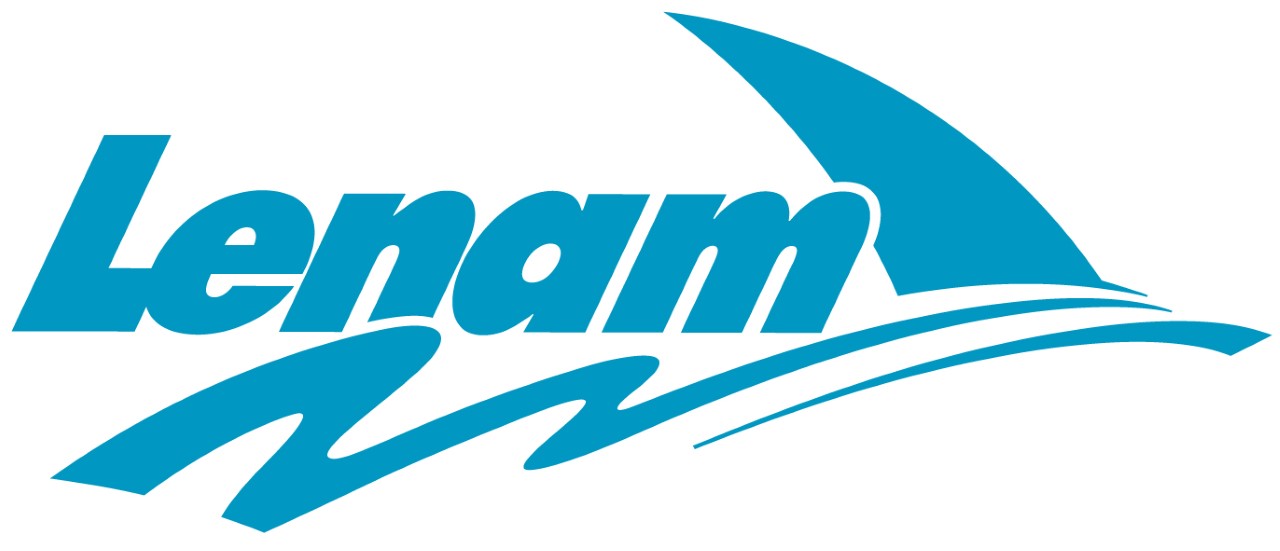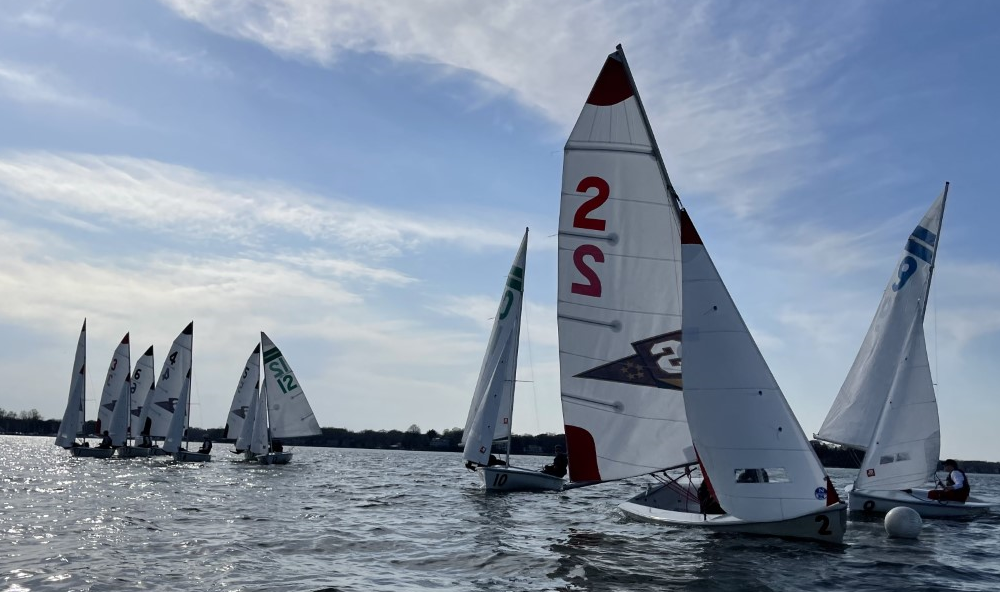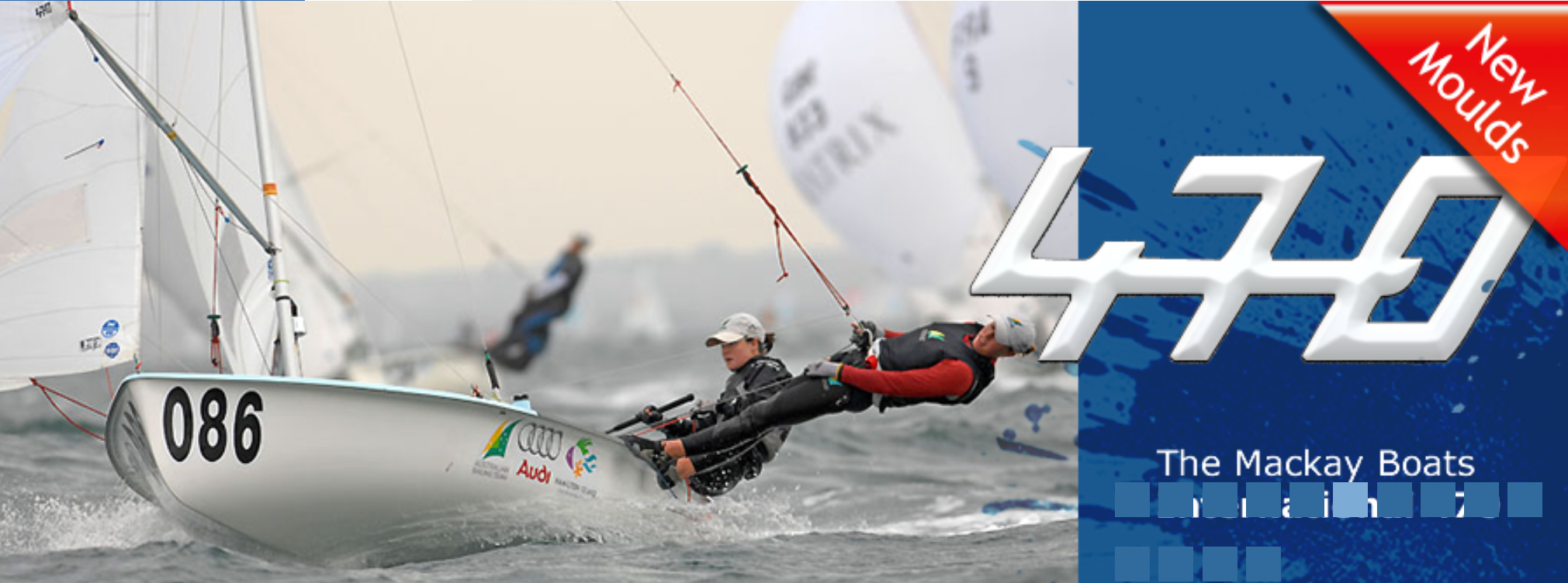By Airwaves writer Mike Ingham
As a natural follow on to the last article about roles before the start, a good routine helps collect the right information and get everyone in the right frame of mind for the start. Of course in the end, the team needs to set up and pull the trigger and accelerate at exactly the right time. But hopefully this gets the team set up for success.
Pre Race routine:
· Practice starts:
· 2 or 3
· 3 minute rolling
· Even if line is not set, find a buoy
· Current check:
· Head to wind:
· Compass
· Long tack of first beat (for example, if the mark is to the right of head to wind, starboard will be the long tack upwind)
· Favored end
· Strategy
· Team discussion on which way want to go
· Line sights:
· Bow and tactician should get line sights.
· On line as well as a few boatlengths off line (finding something off the line a bit I think is often more important than on the line)
· It’s the bow person’s job to call the line, but the tactician needs to keep track too and be ready to jump in if need be
· Make a plan:
· Favored end and how much
· Favored side of course and how important is it to get to that side (how to do figure this out is out of the scope of what we are talking about here, but much of the data collected in this pre start routing will go into that decision)
· What is personality of RC (aggressively calling boats or letting fleet go)?
· Fleet personality (set up early/ late, pushing the line, pushing the rules..)?
· Wind strength –if it’s light wind stay close to line, super windy avoid crashes
· Take all that info, decided where on line to start and how much risk we want to take to get there depending on how important it is to be at a particular end vs. finding a less crowded space on the line
· Round end and sail upwind:
· From tne end took line sight from
· Sail upwind for 20 sec
· Tack 10 sec on other tack
· Rig settings
· Leads/ trim
· Compass #s
· Long tack
· Favored end
· Run line
· To get used to looking at line sight
· Compass #s so can verify favored end (90 degrees from head to wind = square line)
· From warning signal to finding hole
· Stay in quarter of line going to be starting in (establish presence there)
· Tactician and driver need to be aggressively talking about traffic and where/when to set up
· Mast giving time every 10 sec
· Bow keep track of distance and traffic
· Making sure not overlapped to windward or leeward of anyone (want options)
· Choose hole
· Final approach
· Mast: Needs to call time loud and clear and the rest of us should avoid looking at our watchesline only use hand signals (non verbal)Distance with fingersTrimmer: is looking behind for boats
· Coming from either above on same tack or below on opposite
· Driver/ Trimmer: Communicate on speed using simple terms like
· stop, luff, 1/4 speed, 1/2 speed, full speed
· Tactician: is taking all this in and if all is going well says little.
· But needs to aggressively jump in if recognize change
· big shift, lull, we are late, early, covered, exposed…
· Everyone: should be as aware as they can (while still doing their job) of where the line is.
· The tactician should be particularly focused on it, but anyone can jump in if they see something obvious the rest of us are missing.
· Everyone: Should be as quiet as possible
· There is so much going on we should save talk for what is important.
None of this guarantees a good start, but a good consistant routine sure helps!
Visit our Tactics/Strategy section in Airwaves and check out all of our articles!




Leave a Reply